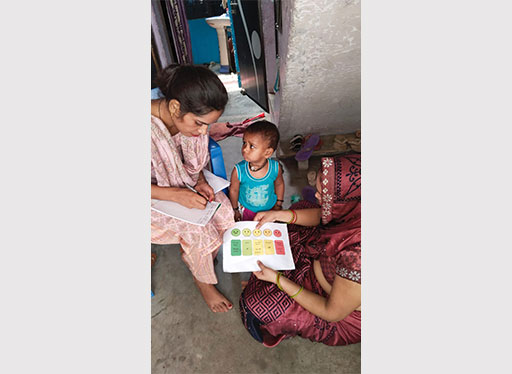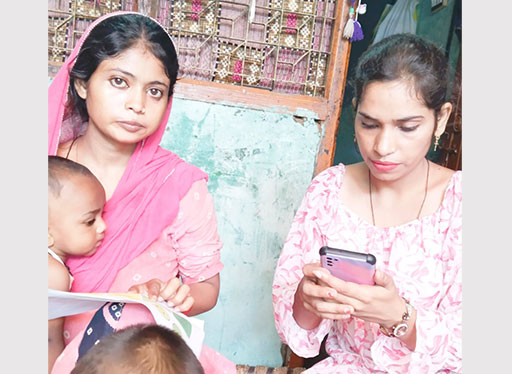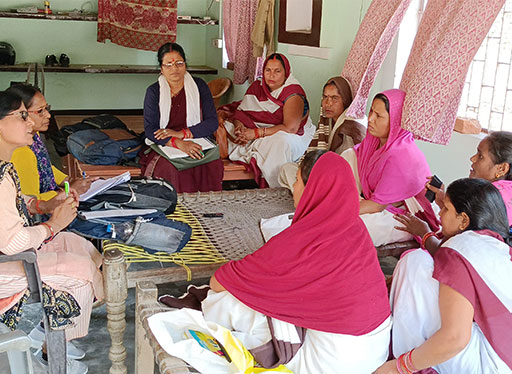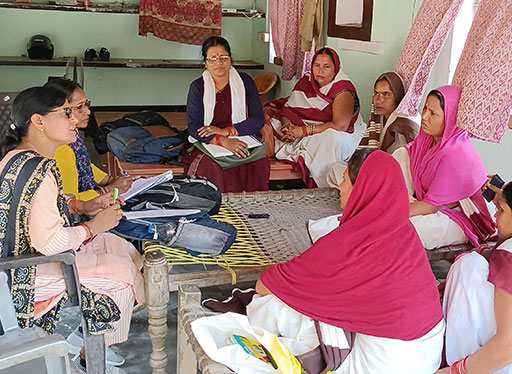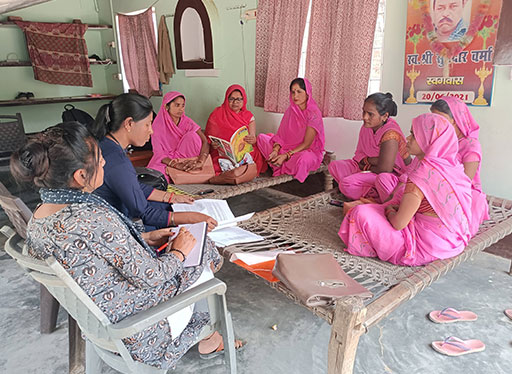This study explored knowledge, attitudes, and practices surrounding childhood immunization routines. We used a mixed-methods approach, combining in-depth interviews, focus group discussions (FGDs)using story completion techniques, and a quantitative survey.
We interviewed caregivers, community influencers, health workers, and officials across two states. Further Focus Group Discussions (FGD)was conducted with various stakeholders including frontline workers, community leaders, and family members.
Informed by the findings of qualitative study and theoretical framework survey was conducted to understand factors influencing vaccination behavior. We surveyed caregivers of children who were fully immunized, partially immunized, and not immunized at all. The data was collected through mobile application built over Kobo Collect (ODK).
Research findings were shared with respective state and district health teams. Suitable and context specific interventions were co-created to improve childhood immunization rates using a human-centered design approach.






